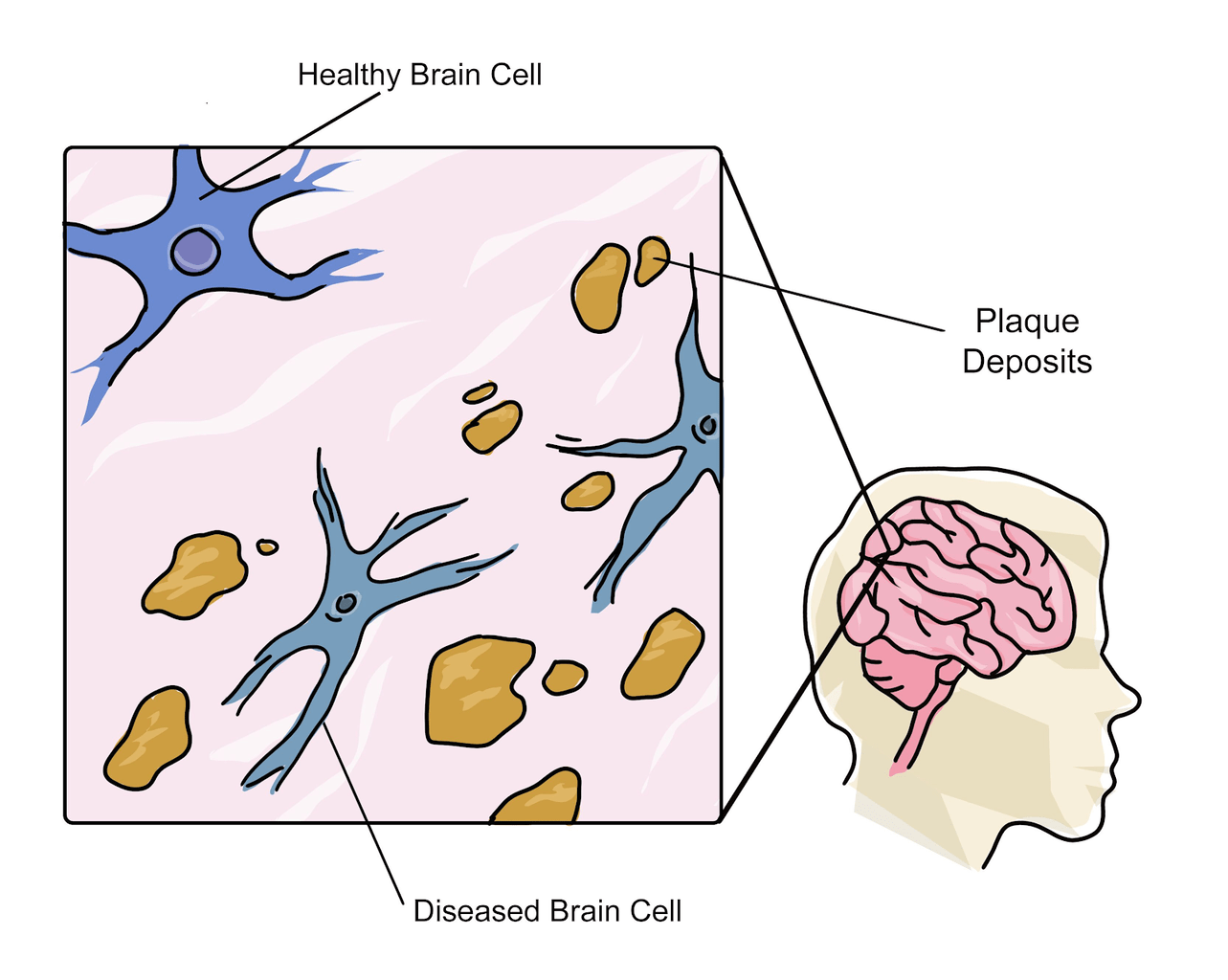
Beware these chemicals at all costs if you want to stay sharp into old age
—-Important Message—-
This is how Mike Tyson returned to the boxing ring at 53 years old

Boxing is considered a young man’s sport.
So how is it that guys like Mike Tyson and Roy Jones Jr are suddenly making a boxing comeback in their 50’s?
Well, the secret is in their testosterone levels.
“Iron” Mike reportedly gets testosterone replacement therapy (TRT).
And this extra testosterone helps him build stronger muscles, have more energy, and last longer in the ring.
But TRT is expensive and can come with some risks…
So instead, I’m using these tasty little Booster Bites I make at home to get all the same testosterone-boosting benefits…
———-
These 2 chemicals are ruining your memory
Scientists have found that two blockbuster chemicals may slow the creation of brain synapses.
This brings into question their effect on brain function.
Gabapentin (Neurontin) was approved by the FDA in 1993 as a seizure treatment.
The other chemical, pregabalin (Lyrica), is given out for epilepsy, neuropathic pain, fibromyalgia, and generalized anxiety disorder.
When these chemicals were licensed, their mechanisms of action were unknown…

This article from the journal Cell investigated some of the mechanisms of receptor α2δ-1 on synapses.
Synapses are cellular adhesions, the point at which a nerve impulses passes from one neuron to another.
Synapses are connections through which cellular messages are sent.
Synapses are central to the function and development of the nervous system.
Previous experiments identified thrombospondin as being involved in the production of synapses.
The scientists discovered that the thrombospondin receptor (α2δ-1) is powerfully affected by Neurontin and Lyrica.
“We identify the neuronal thrombospondin receptor involved in synapse formation as α2δ-1 as the receptor for gabapentin.”
These chemicals affect the receptor that controls the growth of new synapses.
The chemicals’ effect is described as antagonism of the receptor.
This effect leads to inhibition of synapse formation.
In other words, Neurontin and Lyrica seem to slow the creation of new synapses.
“Gabapentin antagonizes thrombospondin binding to α2δ-1 and powerfully inhibits synapse formation.”
These chemicals may decrease the amount of nervous system connections formed.
In adults, SOME thrombospondin protein is produced to trigger synapse formation.
In children and fetuses, however, thrombospondin greatly influences necessary synaptic formation in development.
The inhibition of this receptor by these chemicals could possibly inhibit brain and nervous system development in fetuses and children.
In a press release, researcher Ben. A Barres warned that more information needs to be gathered relating to these chemicals and pregnancy risks.
“It’s a bit scary that a ‘chemical’ that can so powerfully block synapse formation is being used in pregnant women.”
“This potential effect on fetal brains needs to be taken seriously.”
The chemicals could also prevent brain adaptation and impair memory formation in older people.
More research needs to be carried out on this mechanism to see how it pans out in the real world.
What were they thinking?
Initially it was thought that these chemicals would activate a calming neurotransmitter called GABA.
You can see this in how they named the chemicals: pregabalin, gabapentin.
GABA is passed from neurons, through synapses, sending a calming message.
GABA’s calming effect was thought to help the brain cool down during seizures, the initial purpose of the chemicals.
GABA does calm neurons…
However it has since been shown that these chemicals are not very active on the GABA receptors.
Nor are they very active on GABA transporters.
Myth busted.
So GABA is not the primary mechanism of action.
The paper suggests that blocking new synapse formation may be the primary mechanism of action for the “therapeutic” effect.
“These findings identify α2δ-1 as a receptor involved in excitatory synapse formation and suggest that gabapentin may function therapeutically by blocking new synapse formation.”
Neurontin (gabapentin) was approved by the FDA in 1993 as a seizure treatment.
Since then, it’s been approved for neuropathic pain and has also been used for many off label treatments, including migraines and bipolar disorder.
Lyrica (pregabalin) is given for epilepsy, neuropathic pain, fibromyalgia and generalized anxiety disorder.
Off-label uses include restless leg syndrome, migraines and alcohol withdrawal.
Tremors and memory loss are listed among common side effects of both treatments.
—-Important Message—-
Use the Kraepelin method to stop amyloid plaques from forming in the brain
I’ve discovered a toxic chemical that seeps into the bloodstream and into the brain…
…forming amyloid plaques that cause Alzheimer’s and dementia.
But I’ve also discovered a solution — a natural way to stop these plaques from forming in the first place.
I call it the Kraepelin method, named after Emil Kraepelin, the “godfather” of Alzheimer’s disease.
And not only does this method prevent amyloid plaques from forming…

…it also breaks down the plaques that have been in your brain for years.
And this will decrease your odds of ever getting Alzheimer’s disease or dementia, or any form of cognitive decline.
Discover how to use the Kraepelin method here.
———-
